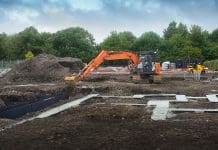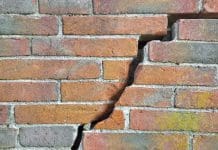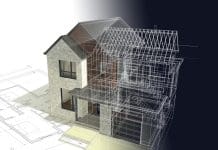Construction project management specialist, Copronet discusses how making data accessible can save time and money when it comes to escape of water claims
According to the Association of British Insurers (ABI), the trade body for the insurance industry, insurers pay out around £1.8m every day to customers who’ve made ‘escape of water’ claims on their home insurance.
Nearly one in five claims made on buildings and contents insurance is for damage caused by leaks.
While home insurance policies will cover damage caused to your property by ’escape of water’, some won’t cover the cost of finding and repairing the source of the damage.
Just before Christmas, my father was told to identify the source of a leak from his flat that was flowing into the offices beneath him. A plumber caused significant damage to not one but two showers trying to identify the leak but to no avail.
Matters escalated the next morning when water started running into his flat through one of his ceiling light fittings. His upstairs neighbours then called out their plumber who had to remove plasterboard, then tiling and then flooring trying to uncover the source of the leak.
The damage to all three properties, both direct and consequential, is still being assessed but will undoubtedly end up running into 5 figures.
A lot of the damage caused, the expense incurred and time taken to solve the problem could have been avoided if the plumbers knew where to look. But all too often, especially in modern buildings, all of the services, both plumbing and electrical, are boxed in, hidden behind plasterboard in difficult to locate risers or buried beneath floor coverings.
‘Access the data that you really need when you need it’
If occupiers, facilities manager and managing agent were able to readily access and share “as built drawings” and O&M manuals with the trades attending site, the time and money that could be saved is not inconsequential.
Copronet provides a solution for this problem with their free plan. PDF’s, DWG’s and more than 30 other file types can be uploaded to a secure portal that can be readily shared when required.
Copronet not only makes it easy for people to view plans and documents on site, but its advanced search functionality means that someone can search hundreds of drawings and documents simultaneously for relevant keywords such as “riser” or “pipe”.
And then photographs of damage or repairs can be uploaded to the portal and filed in the relevant folder to create an accessible archive of repairs and remediations.
In an age when everyone is overwhelmed by data, sometimes it would just make sense to be able to access the data that you really need when you need it.
















